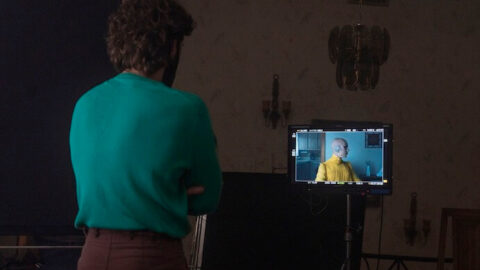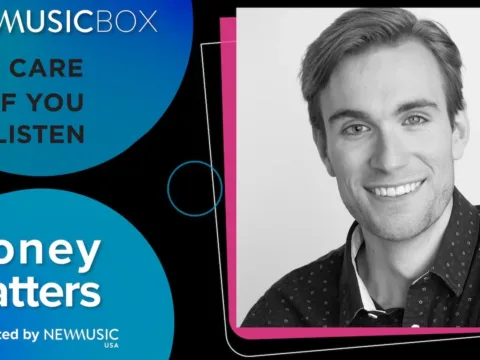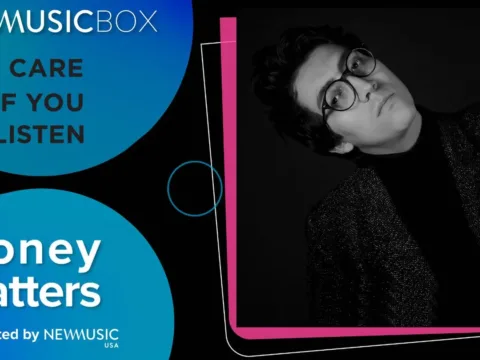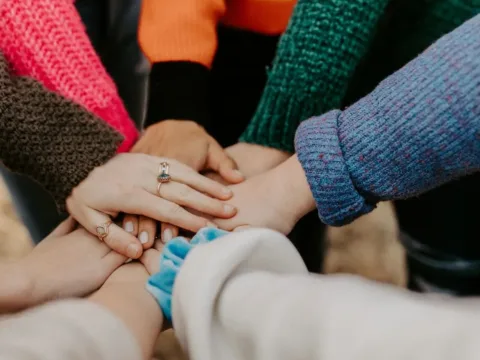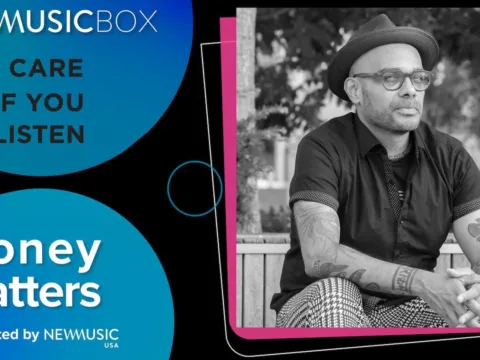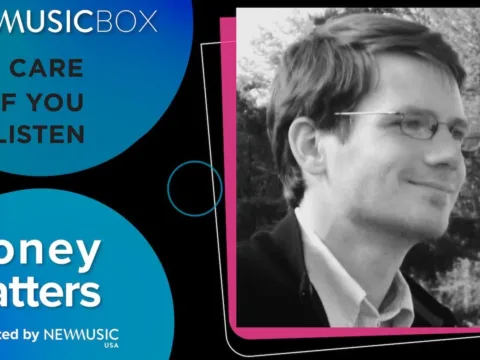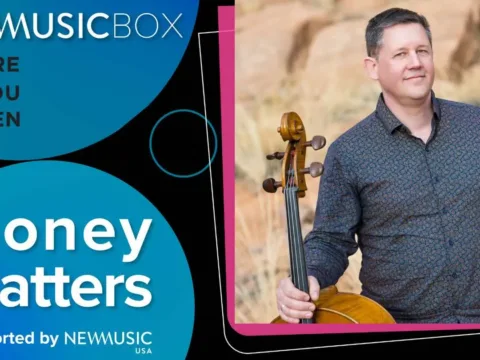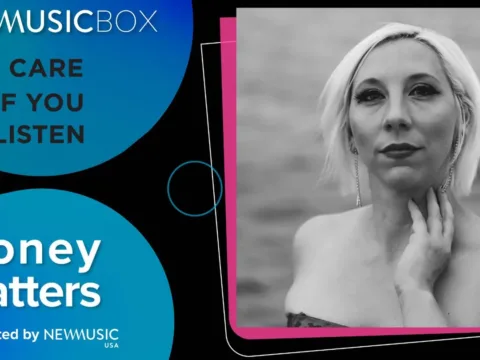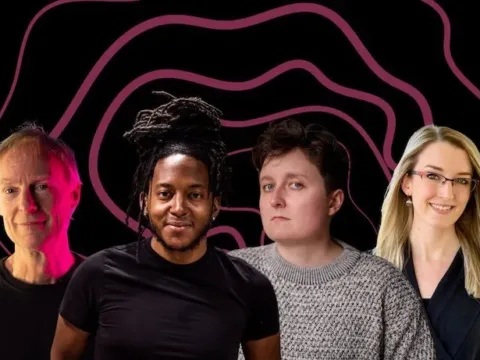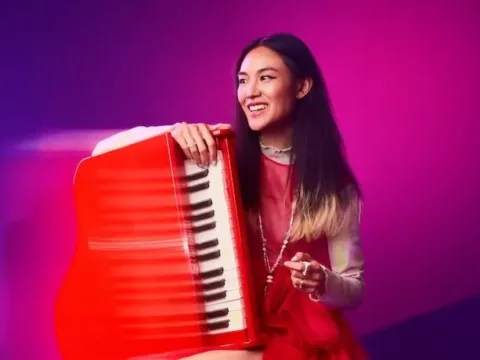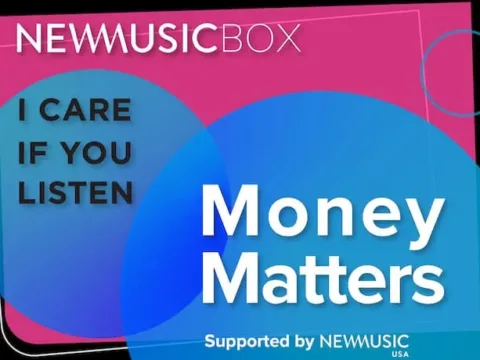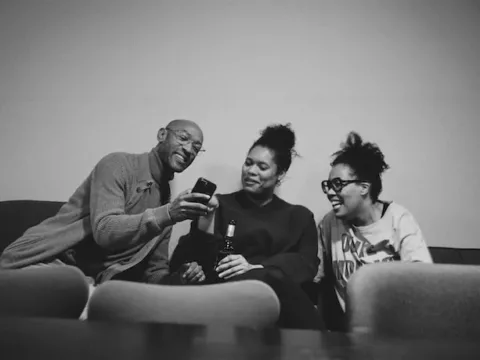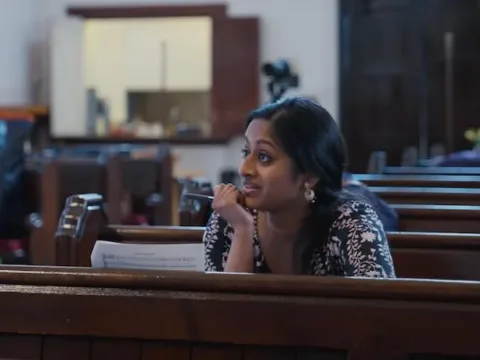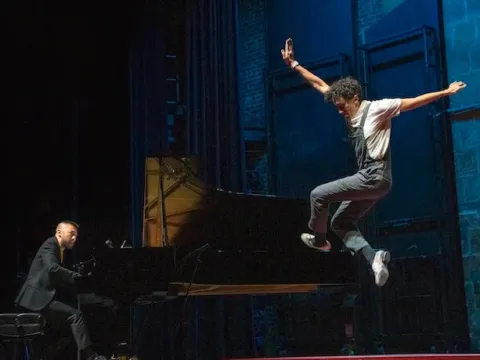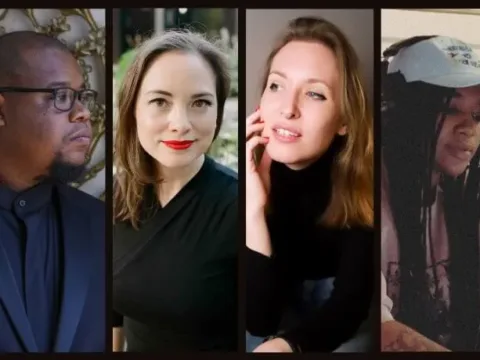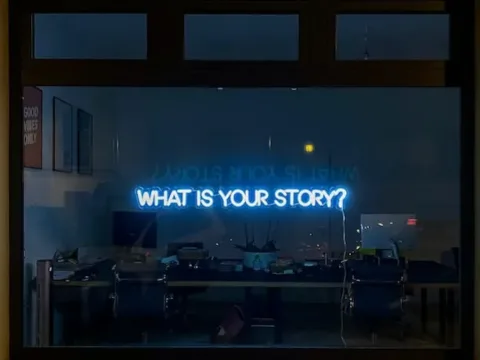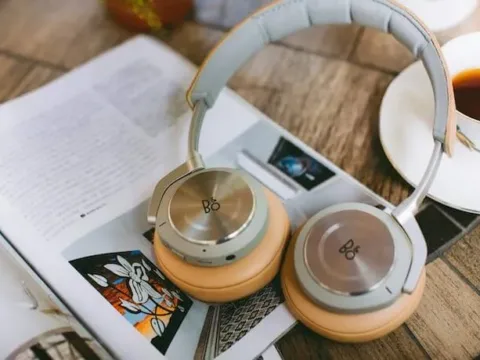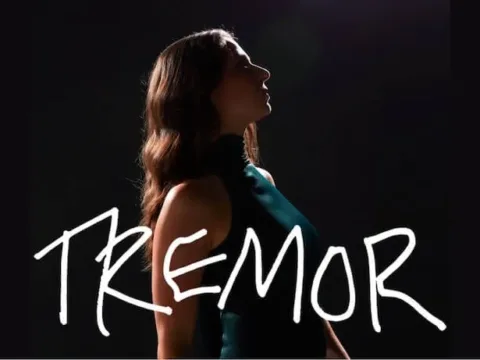It’s no secret that opera as both an artform and an industry has suffered from some serious gatekeeping. Accessible only to artists with the requisite training and opportunities, companies that can afford the budget, and audiences who can afford the tickets and travel to the performance venue, opera by and large has failed to maintain a substantial cultural foothold in the 21st century. Opera has also failed to connect with new and diverse creators and audiences, continuing instead to uphold a largely white and male body of composers, librettists, and producers and the established systems that support them. So it’s not really a surprise that people aren’t going out of their way to engage with an artform that is constantly telling them, for a host of reasons, that they don’t belong.
In order for opera to not only survive, but continue to grow, those of us in the industry must intentionally start to create a more open and accessible environment. Interestingly, the trying circumstances of the pandemic ended up being a fruitful time for considering the tools we have to address these issues. With the sudden cancelations of opera companies’ seasons, many industry professionals found themselves with a sudden influx of free time that gave them a chance to sit down and think about our priorities as individuals and as artists, without the constant stress and strains on our time.
In the wake of these closures, some already well-established companies, such as The Industry and Opera Philadelphia, pivoted towards creating opera-film projects that could be shared with audiences under our strange new pandemic conditions. Meanwhile, several new organizations focusing specifically on the creation of digital opera were born, like Opera NexGen and the Decameron Opera Coalition.
My own company, Strange Trace, got started under these circumstances, as well. It was founded in partnership with five other amazing artists and was guided by our goal of producing meaningful digital opera projects that allowed us to continue practicing our craft while maintaining sufficient safety measures against COVID. It was clear from the start that if we wanted to continue to engage with opera during the pandemic, digital opera was the only option, and we’ve since learned so much about how to approach the craft and dissemination of opera on a digital platform.
Not only has digital opera proven to be a rich medium for creative production choices, but it also heightens opera’s accessibility for audiences and creators alike.
The question, though, is what becomes of digital opera now that things are beginning to open back up? While the urge to return to live performance is certainly strong, there’s something to be said for not abandoning the digital production of opera. Not only has digital opera proven to be a rich medium for creative production choices, but it also heightens opera’s accessibility for audiences and creators alike. Rather than closing the door on an opportunity to expand the scope of what opera can do and can be, we should embrace this possibility of evolution.
So what exactly constitutes digital opera? Digital opera was not a new concept in 2020. Its most basic iteration is a recording of a live performance, in which the stage action is simply captured on video. With the advent of Met HD productions and the like, the filmed elements edge a bit more towards cinematic quality — with close ups, tracking shots, etc. — but the audience still understands that the on-screen action is a stand-in for a conventionally-staged opera production.
But that merely scratches the surface of the options that are available. When done successfully, digital opera leans into the strengths of filmmaking while avoiding the elements of live performance that don’t translate as well. It’s not about replicating the live experience, but about creating something new that is still quintessentially opera.
In the early days of Strange Trace, we recognized that we would need to shed our assumptions about not only what it takes to create an opera, but also what opera can be at its core. When you take away all of the “bigs” that typically contribute to a production — the cast, orchestra, crew, audience, and venue — you’re essentially left with “big sound” and “big drama.” In the midst of what felt like an existential threat to our industry, these two elements still felt accessible and substantial. With these as our artistic fundamentals, we steered away from the other large forces of opera production and focused instead on creating small-scale, digestible digital opera content that would require significantly fewer resources.
[Tweet “[Digital opera] is not about replicating the live experience, but about creating something new that is still quintessentially opera.”]
There were some inherent benefits to this approach from the get-go. For one, the smaller scale meant that our own learning curve as artists and producers didn’t feel so overwhelming. The truth is that there is a lot of knowledge — filming, audio and video editing, and sound equipment, to name a few — that goes into creating digital content, which classical musicians aren’t necessarily taught in traditional training models. Those possibly looking to take the plunge might be put off by the number of new things they’ll have to figure out on their own — though, if opera professionals don’t want to go it alone, they might instead seek out cross-disciplinary collaboration with filmmakers, an experience that can reap significant artistic benefits for all involved.
One of Strange Trace’s first projects was a series of videos called the “Opera Excerpts Project,” in which we partnered with composer Felix Jarrar to produce three arias from his opera Mother Goose: A Drag Comic Chamber Opera. Giving ourselves room to explore and have fun, we ended up with three incredibly different approaches to production. One was reminiscent of a Met HD production with a clearly defined stage area and audience-focused acting, another was inspired by 2000s music videos with on-site filming and a self-contained storyline, and the last one entirely removed the singer from the picture, instead featuring a fun animation that represented elements of the text.
Seeing how differently the three videos of the “Opera Excerpts Project” turned out taught us the importance of choosing the visual and dramatic forms that best suit the music. From our exploratory work on this and other similarly small projects, it was a manageable step to “Stencils,” a series of five digital micro-operas. “Stencils” put the spotlight on digital opera’s capacity for greater global participation and cooperation, as we worked with composers and librettists from around the world — something that we may not have considered doing, at least to the same extent, had we come together under “normal” circumstances. Though physically distanced, we all benefited greatly as artists from the ability to engage closely with everyone’s varied backgrounds and diverse perspectives in our exploration of what opera could look like.
“Stencils” also represented our company’s commitment to making opera accessible for our collaborators. We recognize that for some, opera can feel like a thing of lofty prestige that is hard to break into for composers and librettists who are younger, newer, or simply have never tried it out. By focusing on the specific needs of both the creators and the work, we were able to demystify the process, which allowed composers and librettists to explore their ideas to the fullest without fear of it not “counting” as opera.
The Decameron Opera Coalition: Tales from a Safe Distance from Ball Square Films on Vimeo.
In addition to making opera more accessible for creators, digital opera is also uniquely positioned to bridge a myriad of gaps between opera companies and new audiences. The most obvious appeal of digital opera during the pandemic was the ability to retain existing audiences while we were unable to gather in-person. But digital opera doesn’t just reach regular opera-goers who are stuck at home because of COVID: it reaches people who have physical disabilities, people for whom the cost of a big house opera ticket is just too far out of budget, and people who are on the fence about opera, especially contemporary opera. With the rise in popularity of online streaming services, more and more people are choosing entertainment from the comfort of their own home rather than investing time and effort into a trip elsewhere, and opera companies willing to cultivate this at-home audience with the same dedication given to in-person audiences could exponentially expand their reach.
There is no single, correct way to create digital opera, but for opera companies both large and small, it can be an incredible tool for breaking down barriers and making opera more accessible. Rather than returning to our comfortable, conventional methods of large, in-person productions, the opera industry has a unique opportunity to reflect on the past 18 months and evolve. If opera as an artform is to continue to grow, we must discard our notion of what opera “has to be,” and recognize that the continued pursuit of digital opera is not an either-or decision — investing in the expansion of digital opera is not to replace live performance, but to offer multiple in-roads for accessing the artform. The continued development of digital opera has the potential to open us up to new audience members for whom digital opera is a low risk entry point, while simultaneously offering new, vibrant creative possibilities. We should strike while the iron is hot.
I CARE IF YOU LISTEN is an editorially-independent program of the American Composers Forum, funded with generous donor and institutional support. Opinions expressed are solely those of the author and may not represent the views of ICIYL or ACF.
A gift to ACF helps support the work of ICIYL. For more on ACF, visit the “At ACF” section or composersforum.org.
